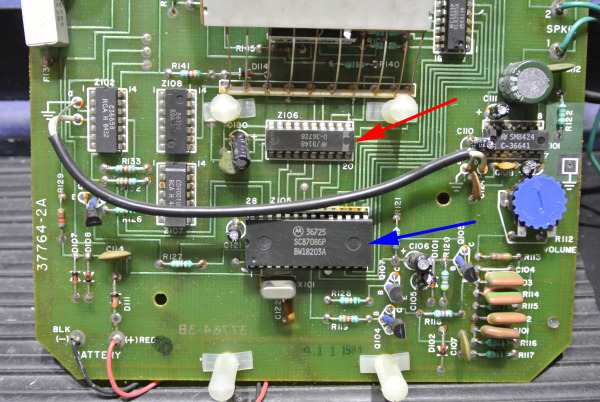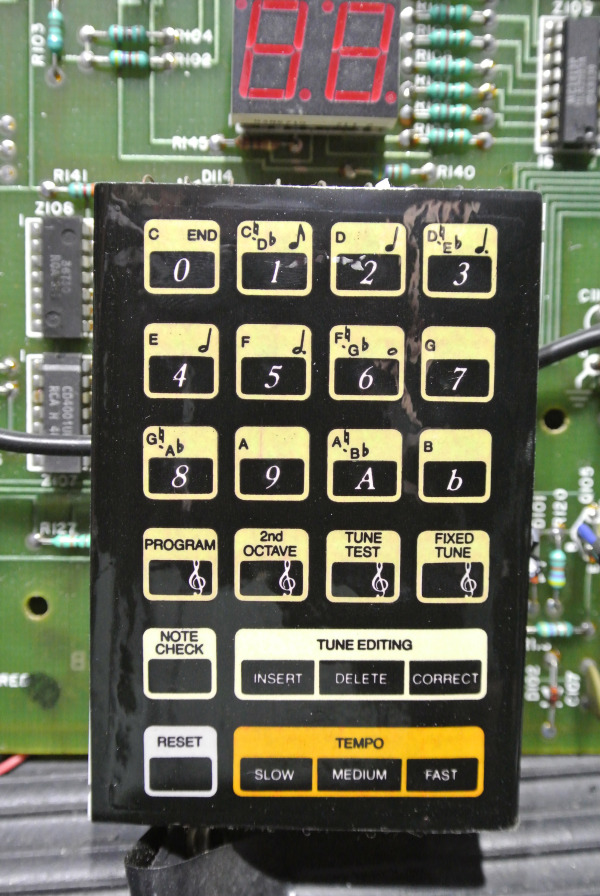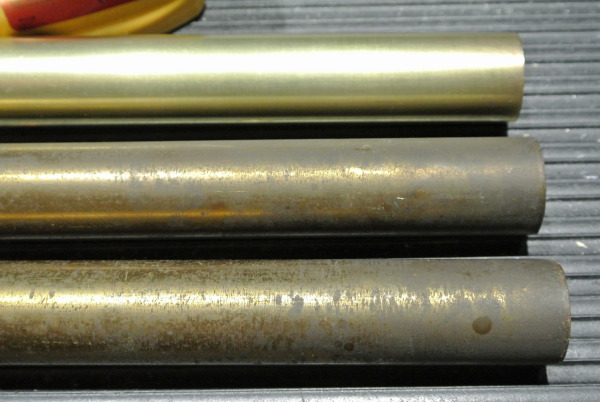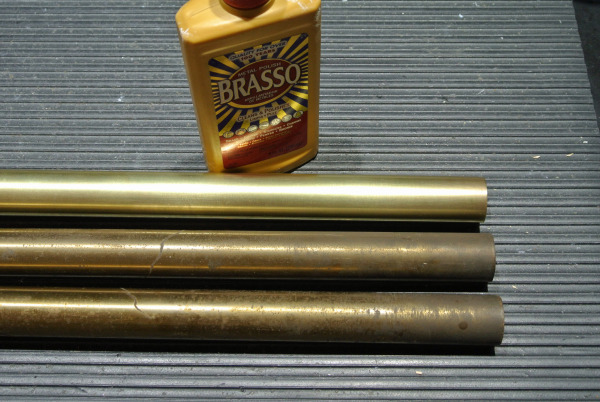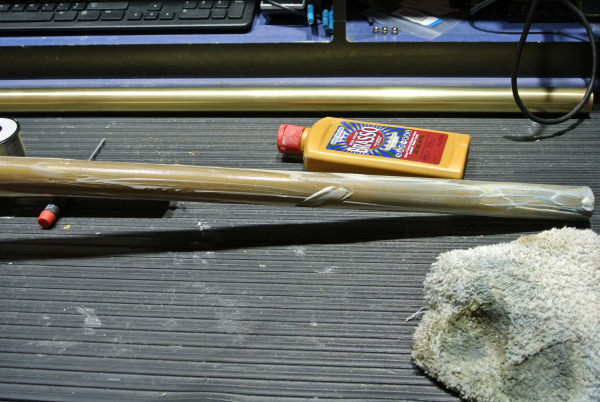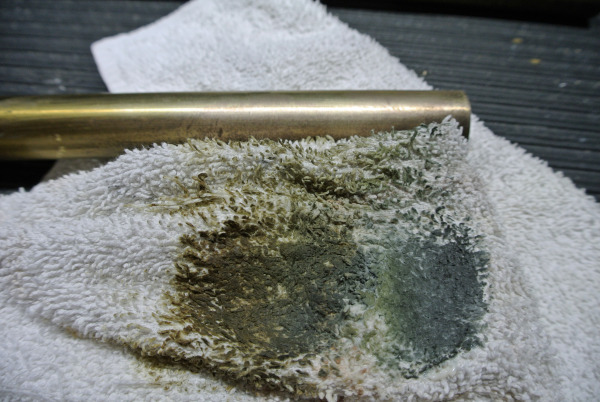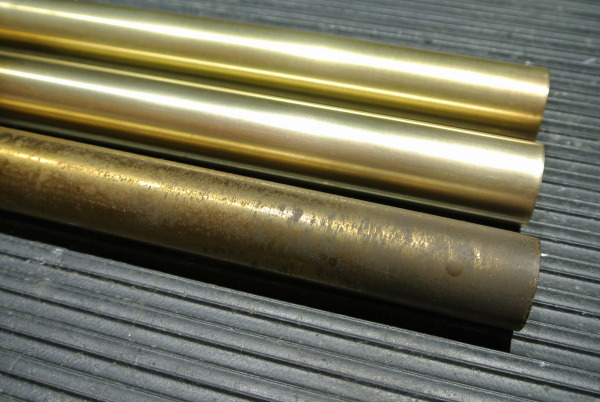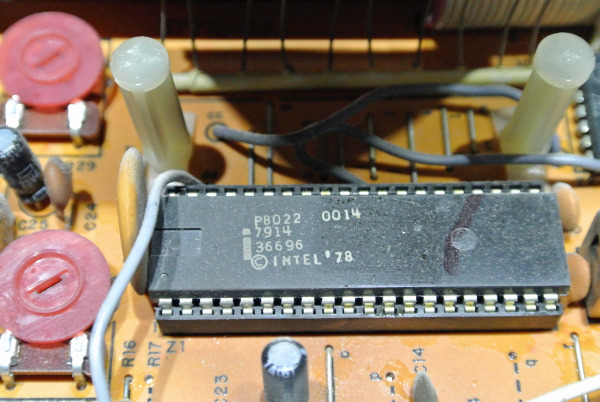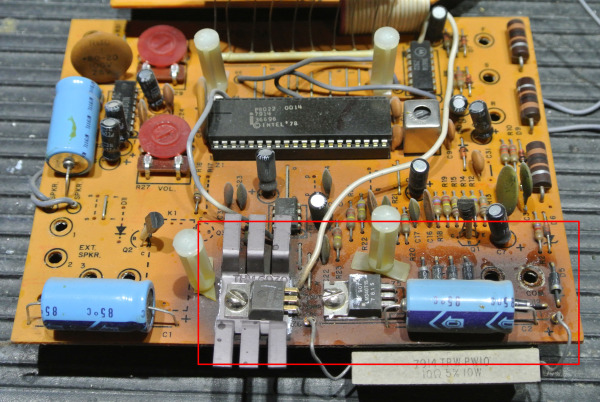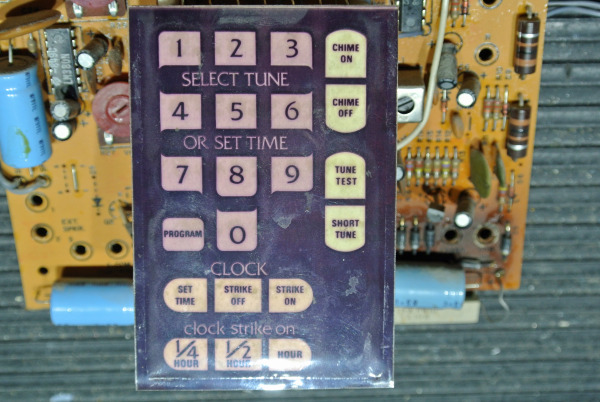How the "Volume" Adjustment Effects the Sound of the Chime
 Tuesday, July 26, 2016 at 8:07AM
Tuesday, July 26, 2016 at 8:07AM Since the "Volume" adjustment regulates how hard the striker hits each bell (tube), it is an important adjustment and a balance must be achieved between where the volume adjustment is set and how the bell are adjusted on the chime base.
The first consideration in setting the Volume is to make sure that the chime can be heard throughout the home. If you have a very large home and the chime is located at one end, it may be difficult to hear the chime everywhere. In these cases it is best to make sure that you can hear the chime in the areas of the home where you spend the most time.
When the Volume is set to a lower level, the strikers will hit each bell with less force. If this causes there to be missed notes, readjust the bells closer to the striker to correct the problem.
When the Volume is set to a higher level, the strikers will hit each bell with a greater force. This can cause the bells to "Bounce" when they are struck. Bouncing means that when the striker hits the bell, the force of the striker pushes the bell forward (away from the striker) and then the bell "bounces" back and hits the striker again, before it has withdrawn into the solenoid. Bouncing creates a "double-note" when the chime is ringing, readjust the bells away from the striker to correct the problem.
When adjusting the bells on the hangers, you may find that not every bell will be set to the same distance from its striker as the other bells are.
In many ways, setting up your chime is much like setting up a musical instrument, the goal is to create the best possible Chime Sound, patience will yield the best results.
